10 Classic Black And White Movies We'd Love To See Colorized
The earliest forms of photography and cinematography did quite well without the presence of color, as seen in the plethora of movies that rely on black-and-white to tell their tale. However, it is possible to add a range of real or digital pigments to monochromatic pictures, and this method is also used to improve the quality of color films.
Interestingly, the industry has always been torn between the idea of preserving its precious work in their original vision, or including the extra dimension provided by realistic colorization. Many examples of black-and-white do not need the extravagance of color, since they were made to look a particular way for a reason. On the other hand, there are a few movies that would be worth viewing through polychromatic lenses.
10 To Kill A Mockingbird (1962)
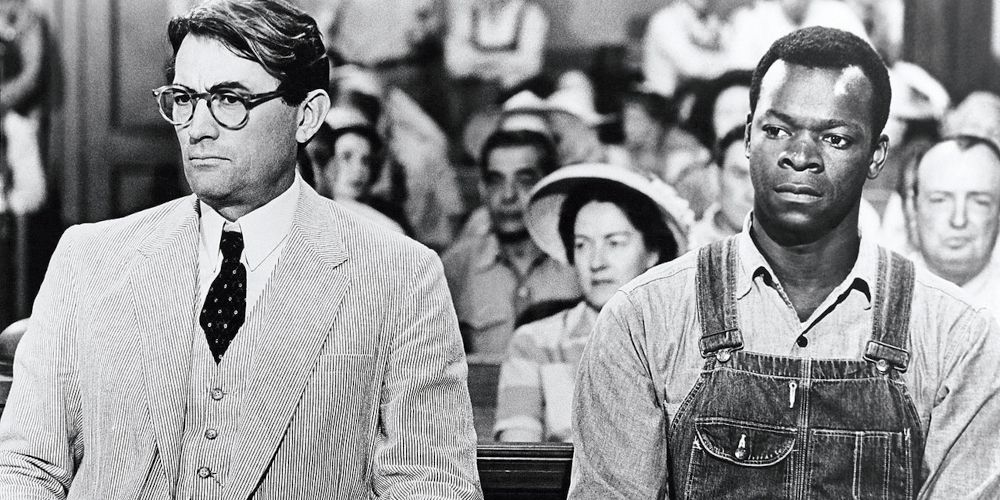
Harper Lee's complex novel about racial dynamics in the American South was made into a movie, in which Gregory Peck's Atticus Finch is all but perfectly aligned with the character's textual self.
Given its overwhelming reception from viewers and critics alike, To Kill a Mockingbird has turned into a treasured icon of sixties cinema. While it works astonishingly well in black-and-white, colorizing it would definitely enrich the exquisite contours of detail already present.
9 It Happened One Night (1934)
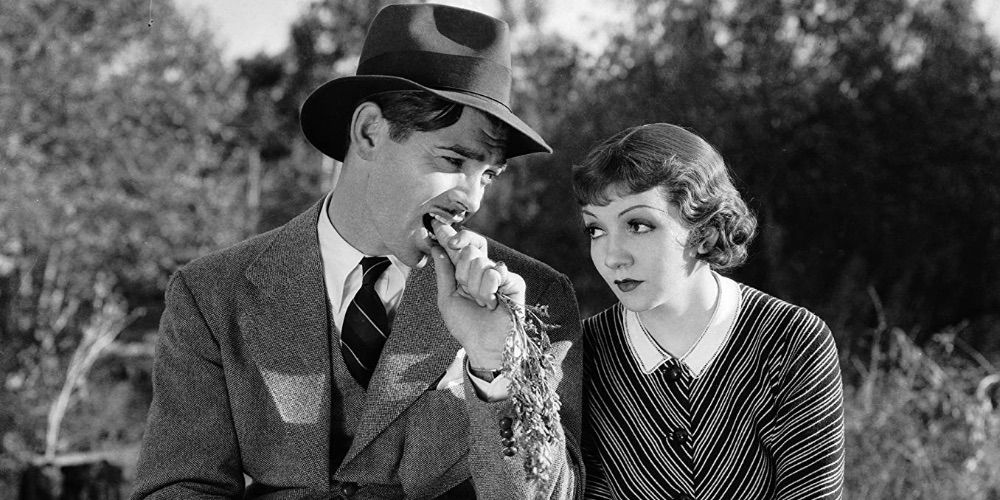
Frank Capra's talent at screwball comedy reached its pinnacle with It Happened One Night, interestingly one of his earliest creations. It was the first (and one of only three) movies in history to have been nominated for and awarded the five most prestigious Oscars: Feature Film, Director, Screenplay, Actress, and Actor.
Considering that it's nearly 90 years old, it would be compelling to envision it in every hue imaginable — although maybe not in the ancient technicolor used for The Wizard of Oz (1939).
8 Sunset Boulevard (1950)
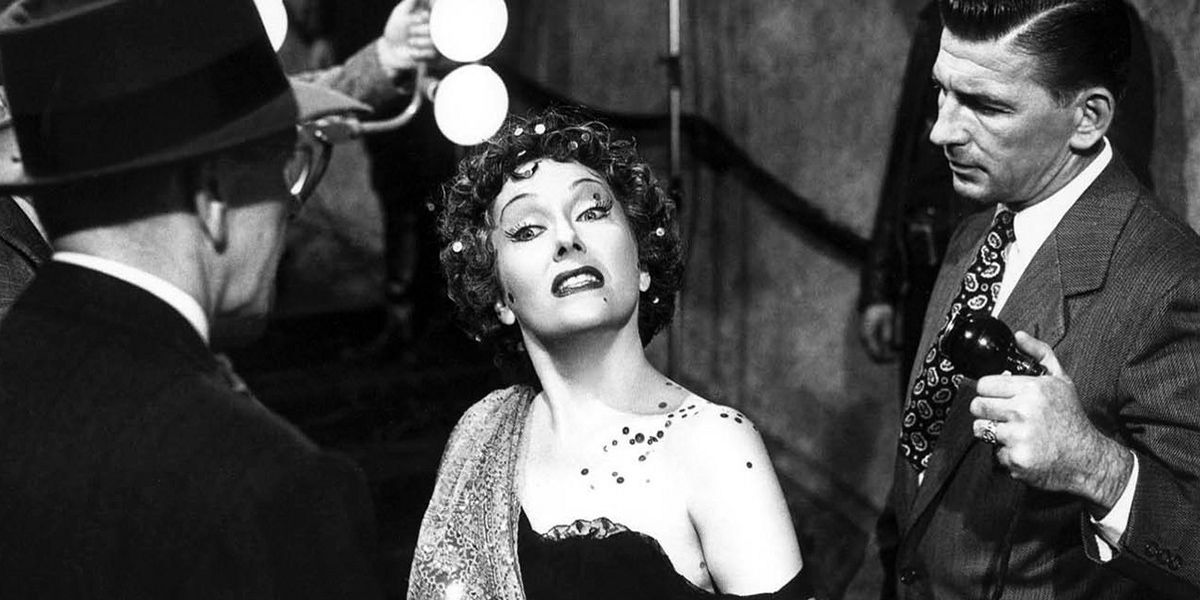
One of the most exceptional acting performances of all time can be found in Sunset Boulevard, with Gloria Swanson shining brighter than most stars in the Hollywood sky. With a whopping eleven Oscar nominations, this movie is best known, after Norma Desmond's bizarre descent into delusion, for its hazily thrilling cinematographic theme.
In color, Sunset Boulevard will receive an extra layer of glimmer, especially in terms of its elaborate set design, costumes, and, most importantly, the inscrutable expressions of a bygone actress at the precipice of her career.
7 Kind Hearts And Coronets (1949)
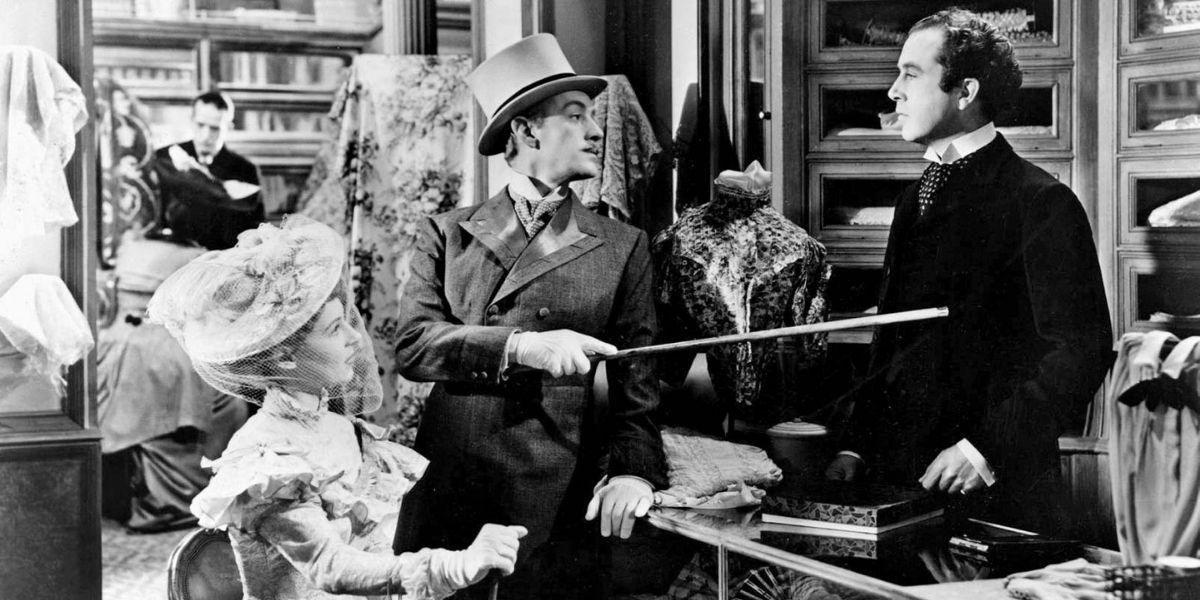
Alec Guinness, of Obi-Wan Kenobi fame, plays nine individual characters in the film, all part of the D'Ascoyne family (even one middle-aged woman). However, while his performance stands out more than anything else in Kind Hearts and Coronets, the true core of the story relies on its dramatic tension and searing screenplay.
It's quite an exciting prospect to see the most minute graphical features embedded in several scenes, such as one where Guinness is seen taking on six concurrent roles on screen; and it'd be even cooler to see it in color.
6 City Lights (1931)
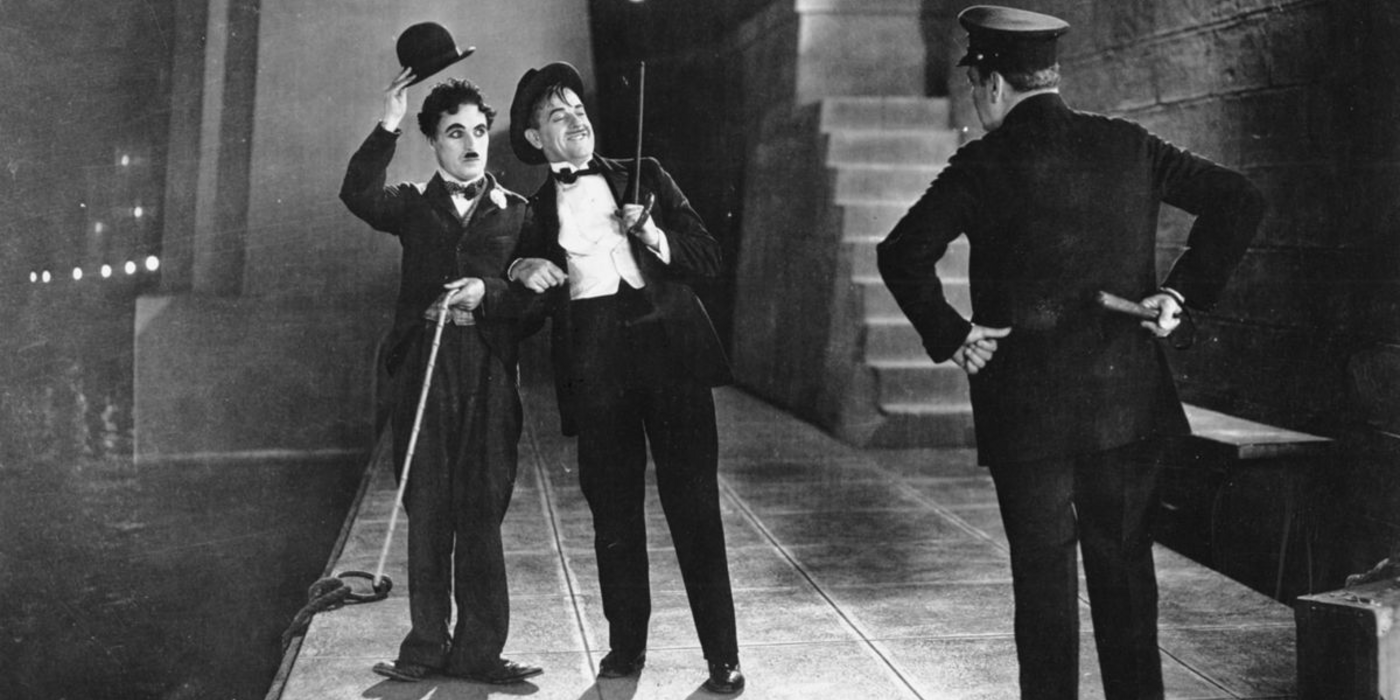
Charlie Chaplin has had a number of unprecedented triumphs in the world of filmmaking, and City Lights is one of the most impressive ones. A silent movie, it is now largely regarded among the finest pieces of cinema since the industry's inception.
Black-and-white does lend a certain Chaplinesque charm to City Lights (and to most of his work, in general). Still, the sheer intensity of his rapid and unending slapstick movements would be greatly benefited by some colorization.
5 Casablanca (1942)

The romance of Casablanca is entirely dependent on the chemistry between Humphrey Bogart and Ingrid Bergman. It is their fiery relationship that sparks life into an otherwise melancholy narrative about struggling through the Second World War.
Curiously, production executives wrote Casablanca off as nothing special, but it ended up scoring the Best Feature Film Oscar. It remains an eternal classic, which is exactly why a powerful dose of color is liable to bring the most out of the movie.
4 It's A Wonderful Life (1946)
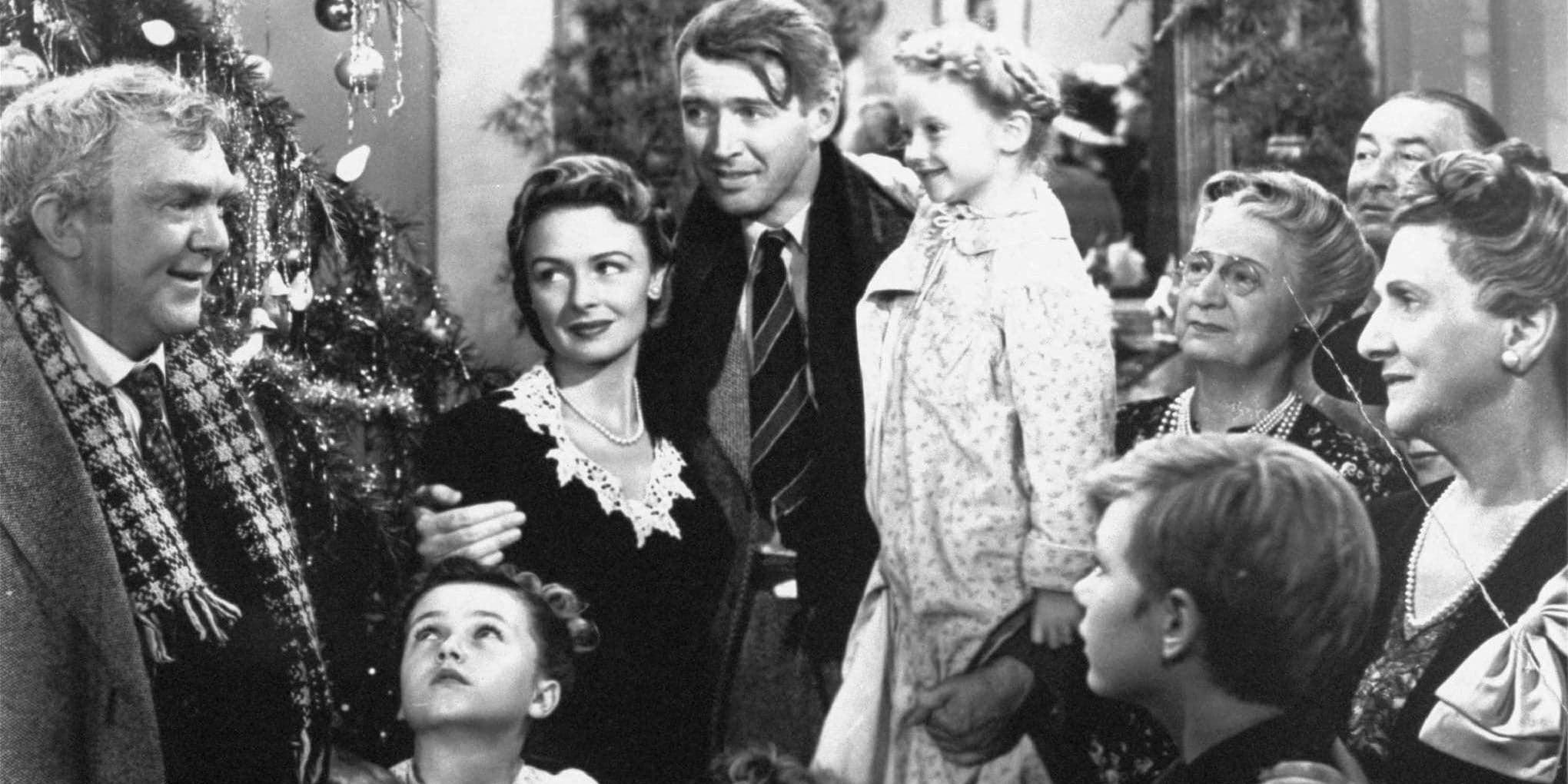
As unbelievable as it might sound, Capra's It's a Wonderful Life did not initially get the praise it does today; in fact, it actually damaged the already fading reputation of its director to some extent.
Currently, the film is compulsorily screened on TV as part of the Christmas movie phenomenon, a series that also includes Home Alone (1990) and Elf (2003). Sure, the flurries of December snow wouldn't really look all that different in color, but everything else will come alive, from the despondent bridge scene at the beginning to the cheery home at the conclusion.
3 Citizen Kane (1941)
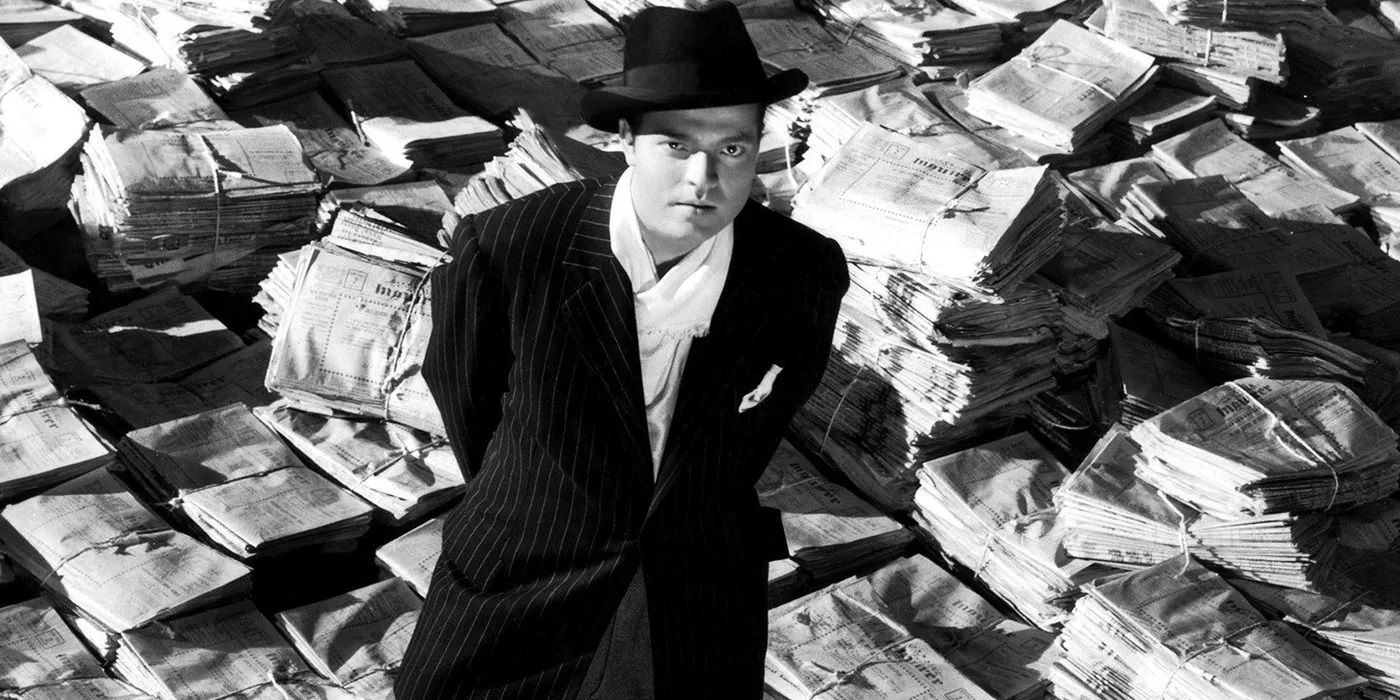
Orson Welles knew exactly what he was doing when he made Citizen Kane, but unfortunately, his masterpiece did not receive the credit it deserved upon release. Regardless, it is now believed to be, according to several critics, the greatest American movie of all time.
In 1989, Ted Turner announced that he intended to colorize Citizen Kane, but the resulting backlash prevented him from finalizing the project. Thirty years later, the idea feels a lot less objectionable; in any case, this is not a film whose legacy couldn't possibly be devalued, only enhanced, by the addition of color.
2 Some Like It Hot (1959)
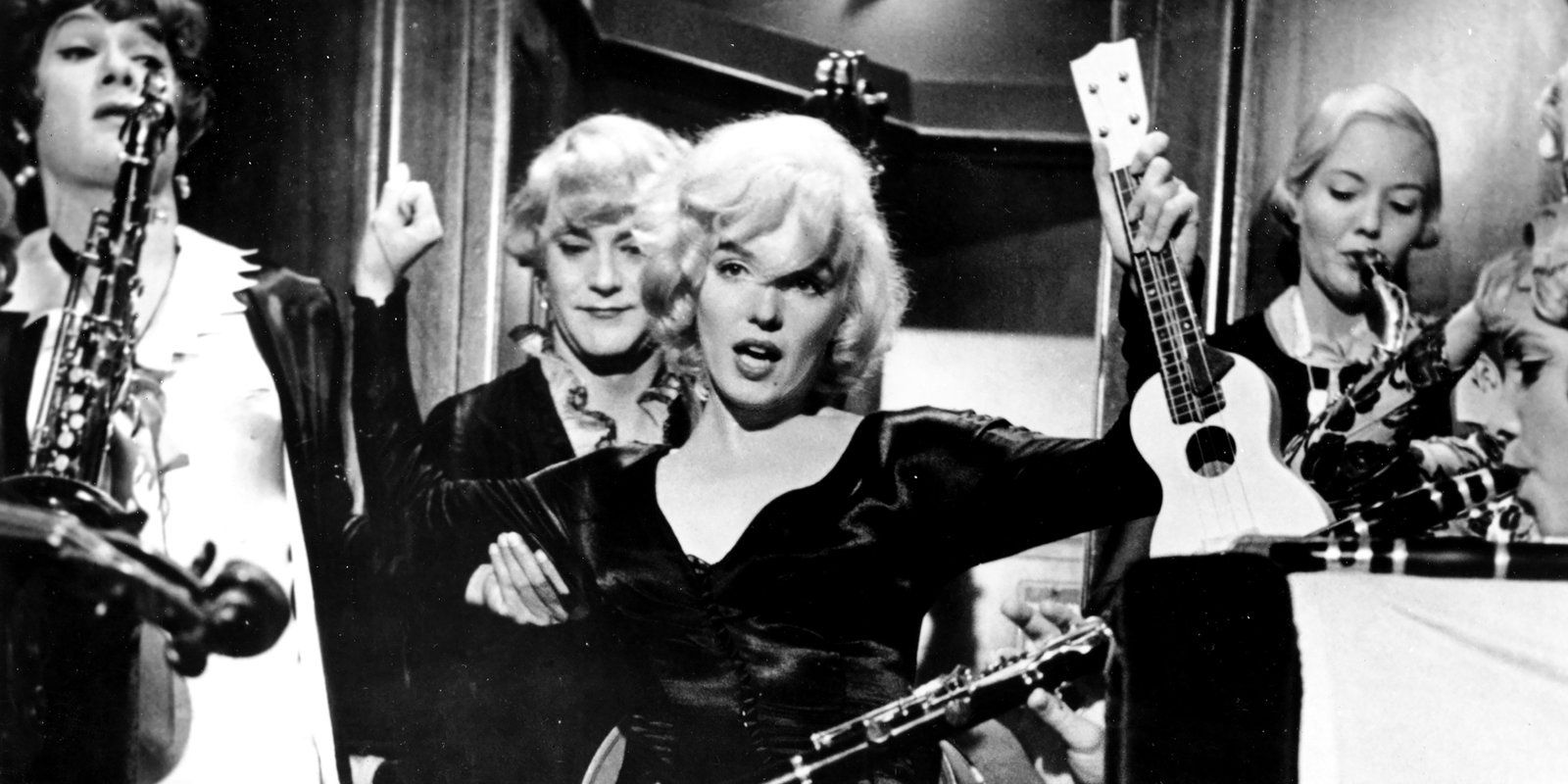
Jack Lemmon and Tony Curtis are certainly the twin pillars that maintain the sublime comedy of Some Like it Hot, but the real showstopper of the film is Marilyn Monroe. It's by no means a stretch to categorize her talent as incandescent, and it is absolutely no surprise why the American Film Institute places her on the same pedestal as Bette Davis or Katharine Hepburn.
This film is definitely near the top of the colorizing list because it was almost filmed in color at the time - but the men wearing makeup apparently did not photograph well under fifties' camera technology. The issue shouldn't be a problem with the latest colorization techniques, though. Unfortunately, though, there are some reasons that it may be best to not bring this one back to life. The comedy centers on two men pretending to be women (to hide from the mob, who are looking for men), and a lot of the jokes have not aged well when it comes to drag culture.
1 All About Eve (1950)

Bette Davis' meta-narrative about her own professional life, a brassy forty-year-old woman losing the once-limitless power she had wielded over her illustrious career, manifested itself in All About Eve's magnificent centerpiece, Margo Channing. The film similarly obtained universal acclaim: among the fourteen Oscar nominations acquired, it won six, one of which was Best Cinematography.
Luxurious though it appears in its native monochrome, All About Eve deserves the full gamut of the rainbow. Even if it's only for the visual grandeur of Margo's pocketed evening gown — combined with a cocktail glass of onion-less Gibson in one hand and a perennial cigarette in the other.
from ScreenRant - Feed

